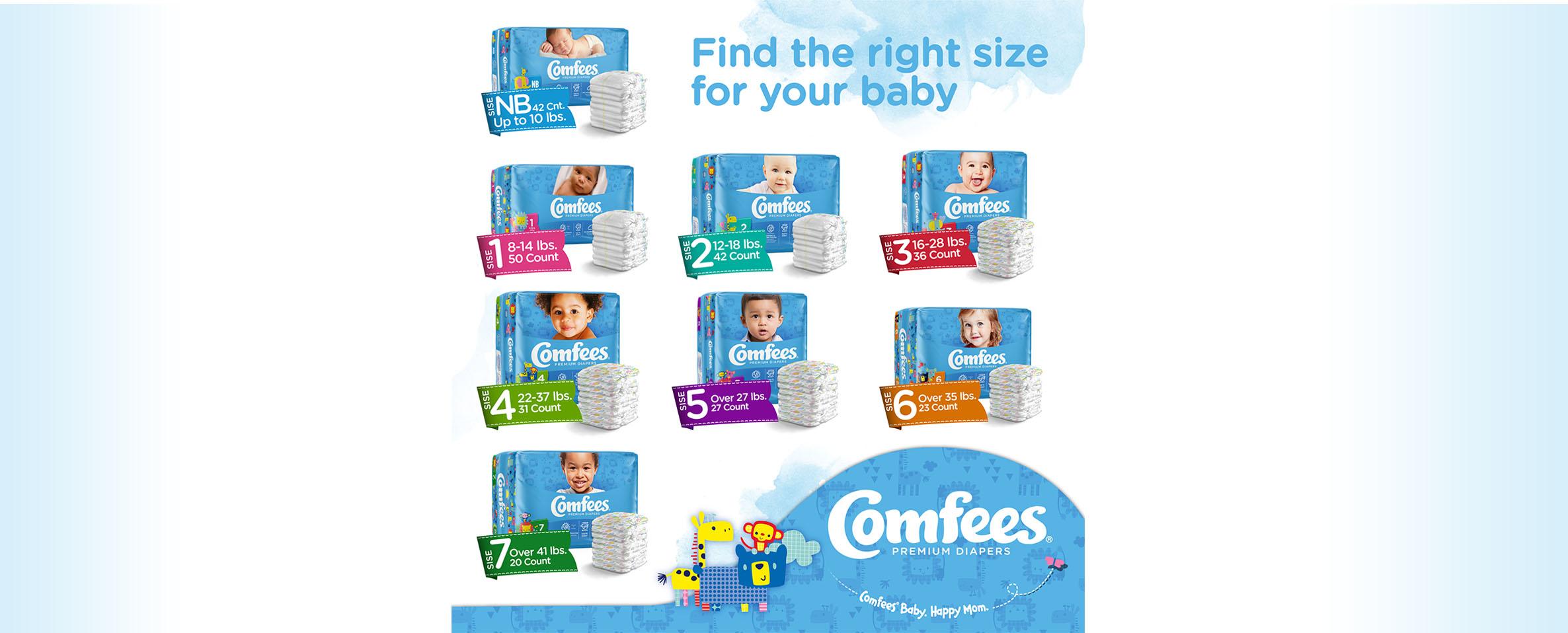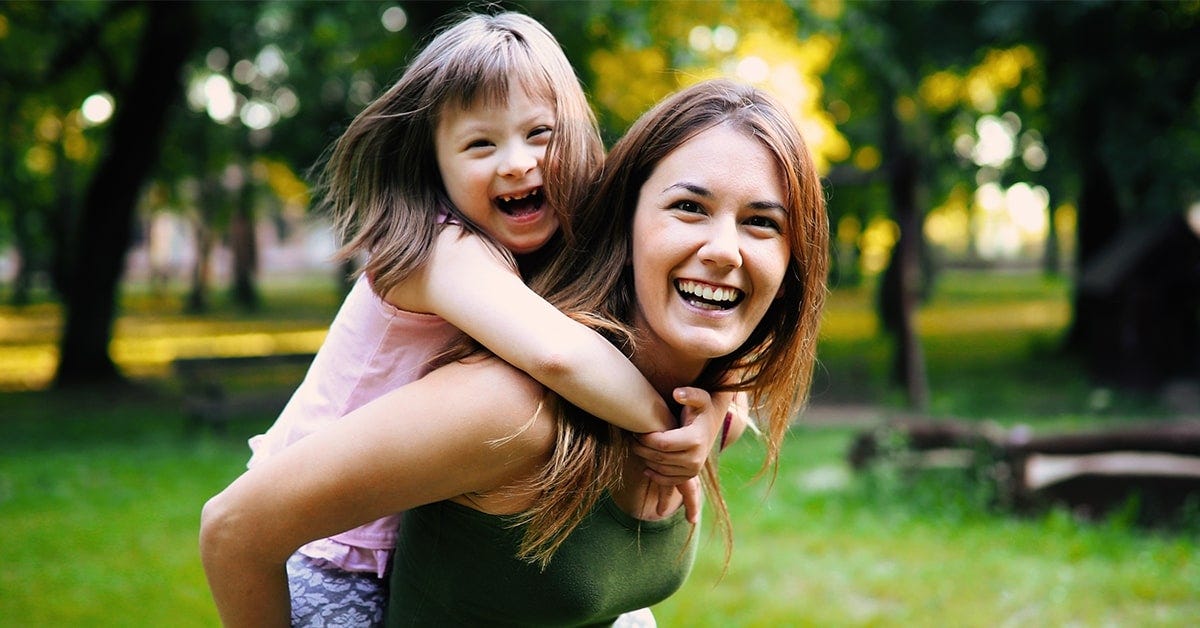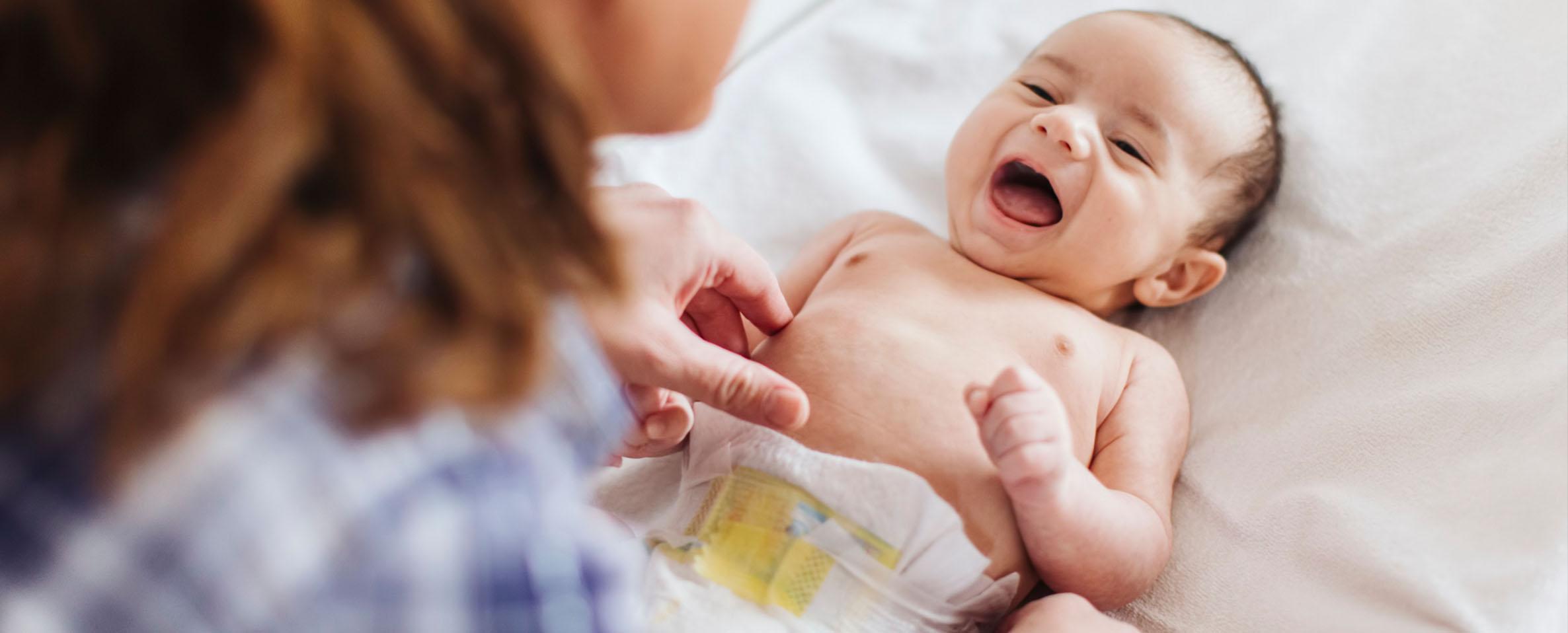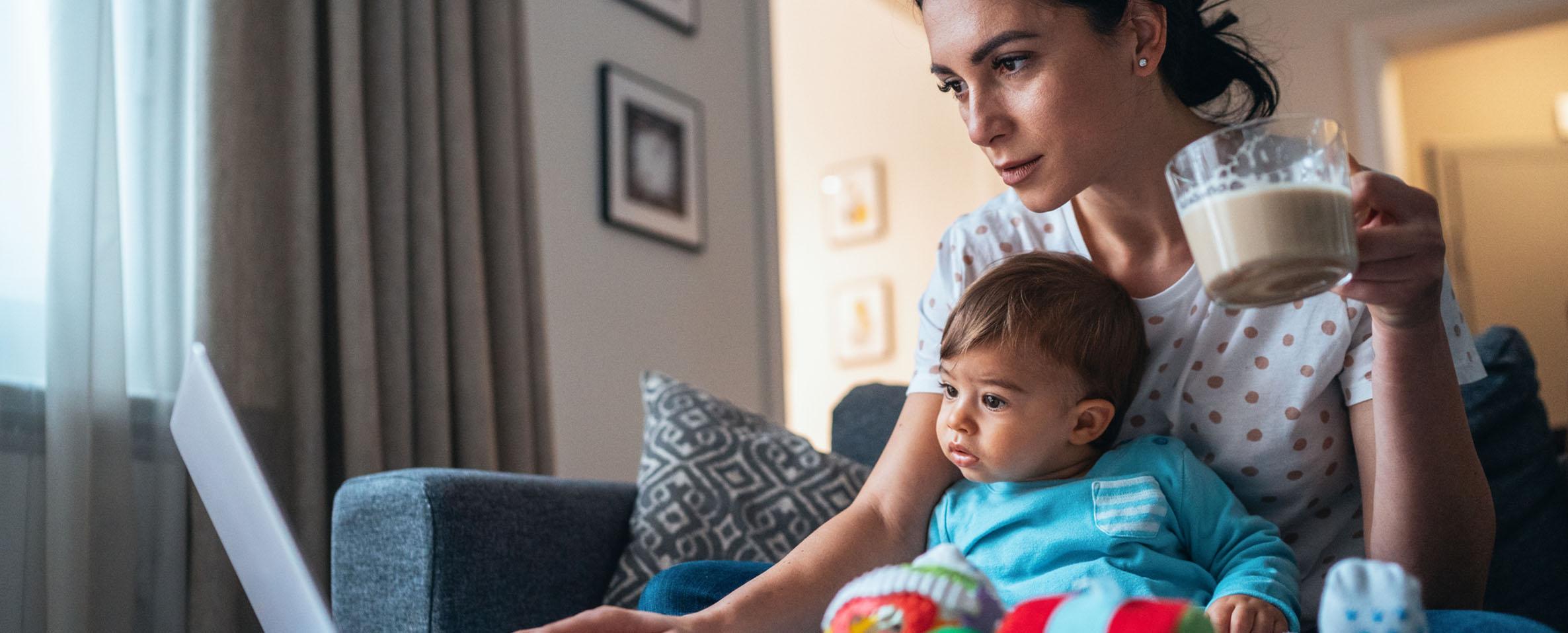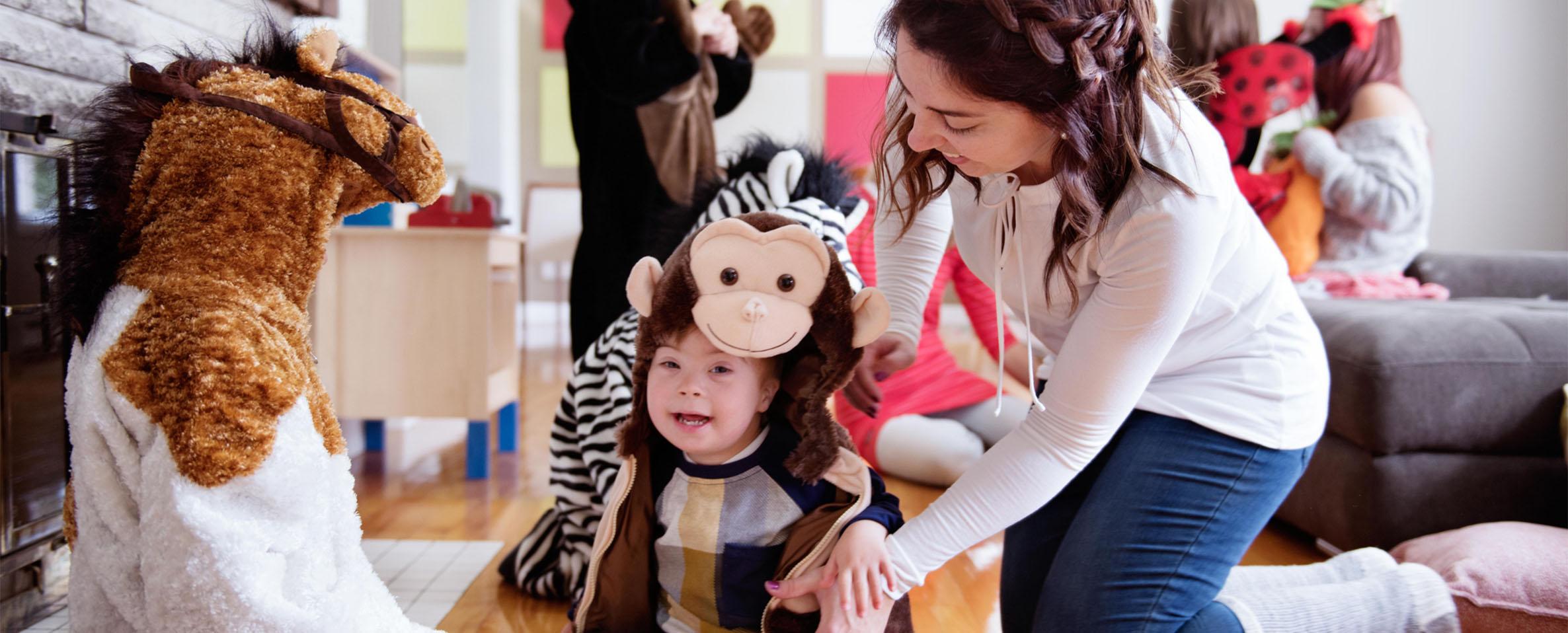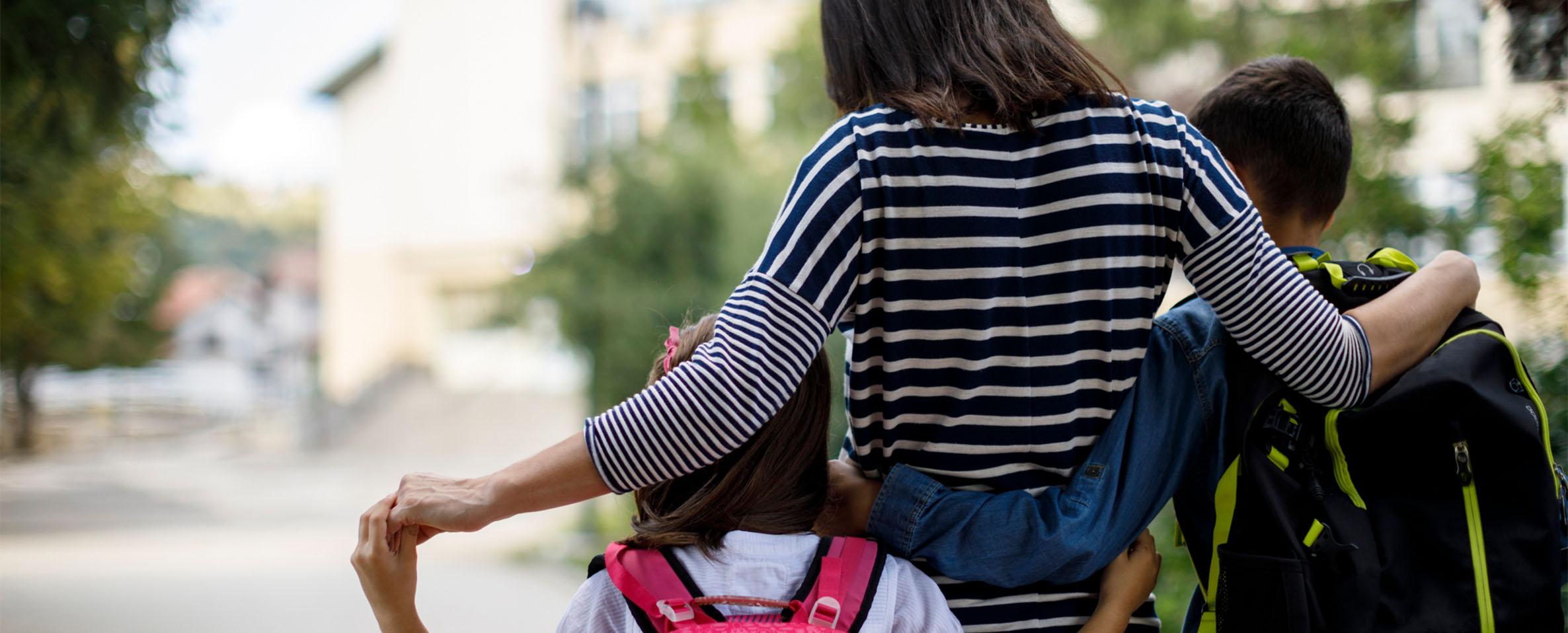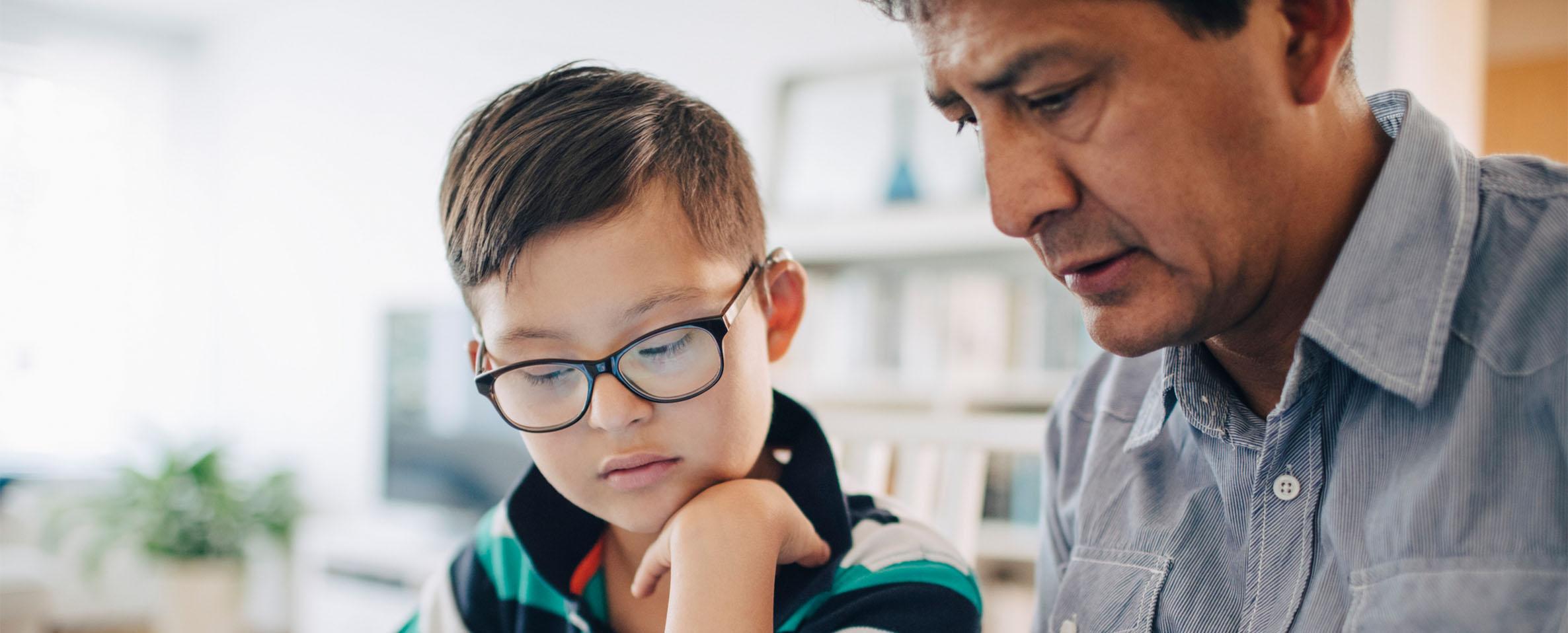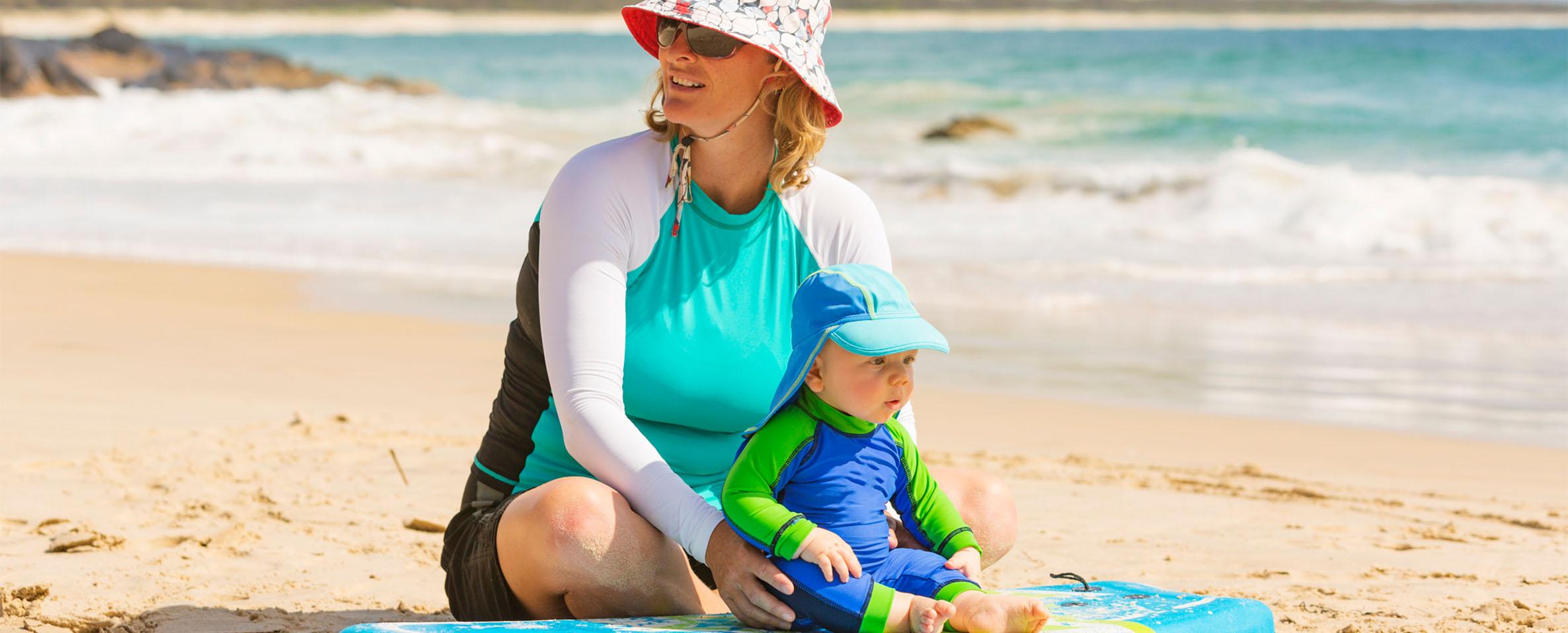Parents who have children with autism are all too familiar with sensory sensitivities, hyper-acute reactions to texture changes, and rocky responses to life’s transitions. We’re careful to give our child a five-minute warning before each change in activity, then a gentle two-minute warning, followed by a soft touch and a gradual countdown – perhaps singing a familiar transition song.
But what do you do when those big life changes start happening – the ones you can’t count down to?
Potty training is a challenge for parents of neurotypical and non-neurotypical children alike. But sensory issues and life transitions can make the change from diapers to underwear a struggle for children who have autism and sensory processing disorder.
THE UNIQUE STRUGGLES OF POTTY TRAINING AND UNDERWEAR TRANSITIONING
As a toddler, my child became accustomed to the snug, safe feeling of a diaper around his bum. He wasn’t happy to change into his “big boy underwear,” no matter how many superheroes were featured on the fabric.
He struggled to communicate when he needed to go potty. I couldn’t count down or sing a song to let him know his own bladder was full, and he couldn’t tell me. So we created a pattern—he loves patterns—to our daily schedule. We made “visiting the potty” part of every transition between activities, and we celebrated together when he successfully used it. Of course, this was before I even knew he would be diagnosed with ASD.
TRYING TO DRESS MY HYPER SENSITIVE CHILD
As he got older, he entered Elementary School wearing the worst of women’s fashion. He insisted on wearing a woman’s mock turtle neck, shorts, socks to his knees, and sandals. It was the only kind of outfit that he felt comfortable in. Teachers pulled me aside to helpfully explain that I “needed to dress my son in more age appropriate clothes.”
Meanwhile, my daughter, with sensory processing disorder, but not autism, refused to wear jeans or cute girl’s shirts and skirts – opting instead for ugly gray sweatpants, which were more comfortable on her skin. I felt like the worst mother in the world; I felt the other parents silently judging me for letting my children look so unfashionable. But my children didn’t care about their appearance or social status; they both made straight A’s, did their homework, and wanted to be comfortable!
Since then, I’ve learned that my son, before I even knew it, had autism. All those quirks and habits I found odd, but charming, suddenly made sense. And I’ve met other parents who experienced much rockier transitions. Some children with autism take a little longer to learn to use the toilet, or just prefer the feeling of having a diaper beneath their pants. I’ve spoken to parents who continued allowing their child to use diapers even as they reached Elementary or Middle School, by buying larger size diapers and training pants from brands like Comfees. This is what their child needed to feel comfortable and have a smooth transition.
EMPOWERING MY CHILD WITH AUTISM TO COMMUNICATE
If I could share one thing with the world, I’d tell them that my son is a unique and brilliantly creative individual. His brain works differently, and that allows him many special insights and perspectives that a neuro-typical brain doesn’t access. It also means he struggles when transitions and social expectations are built around neuro-typical growth and behavior patterns. I find ways to help him communicate across that barrier between the way our two minds work.
During toddler and pre-school years, I found using pictures and songs worked best. I created a song for every activity; we sang each song together as we transitioned.
I also created a chart with pictures. This chart showed him the steps to using the potty.
- We pull down our pants.
- We take off our diaper.
- We sit on the potty.
- We try to use it.
- We wipe.
- We get up.
- We put on a clean diaper or training pant.
- We put on our pants.
- We wash our hands.
- We dry our hands.
My son needed very specific directions and steps. I could not assume he would be able to “guess” even the smallest step. So I broke down the process into very small, manageable steps that he could understand and begin to memorize and emulate without my help. We hung a picture chart in the bathroom so he could remember the steps.
We changed from diapers to thick, snug training pants, to make it easier. Even after he learned to use the potty without accidents, he wanted to wear the training pants for a little while longer. Along with his women’s mock turtleneck, shorts, knee-high socks, and sandals.
AND WHO CARES IF IT TOOK A LITTLE LONGER? BECAUSE YOU KNOW WHAT?
Today he’s a grown man, college graduate, married, and making me prouder than ever.
In honor of sponsoring the National Autism Association’s 2017 Conference, Comfees Premium Diapers, Training Pants, and Youth Pants are devoting the month to Autism Awareness, sharing stories like this one, and giving away free diapers and toys on their Facebook! Go share your stories, or enter their contest!
Guest Author: Heather Leah
First-person narrative based on an interview with her mother-in-law on the childhood of her husband, whose autism is only a small part of the quirky, creative, and brilliant man he is.
